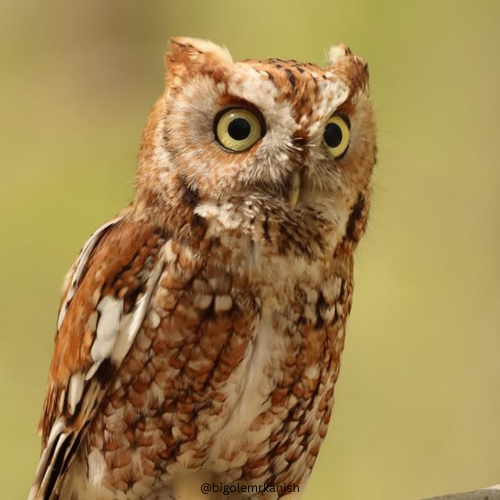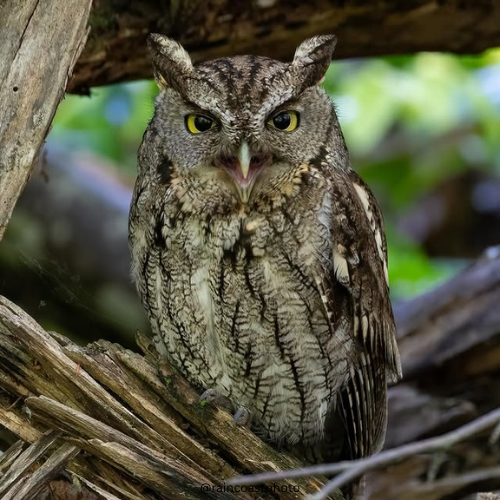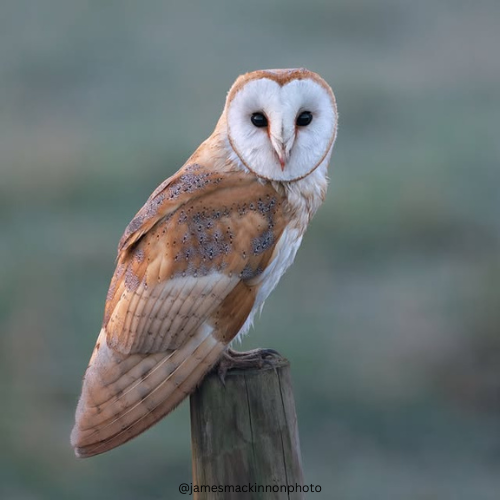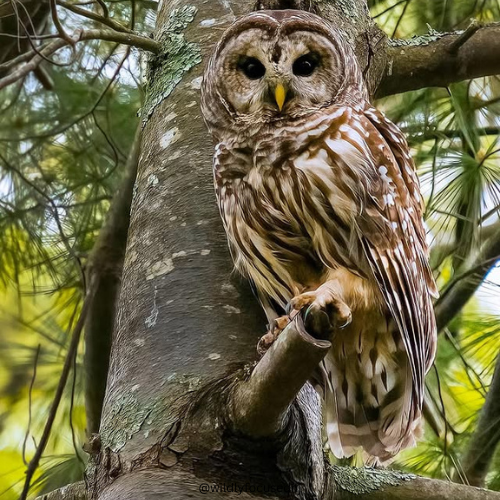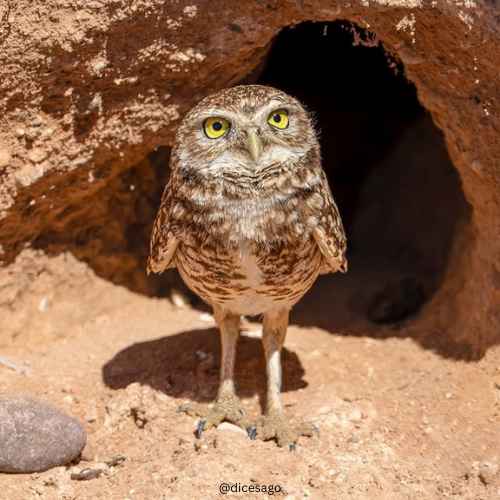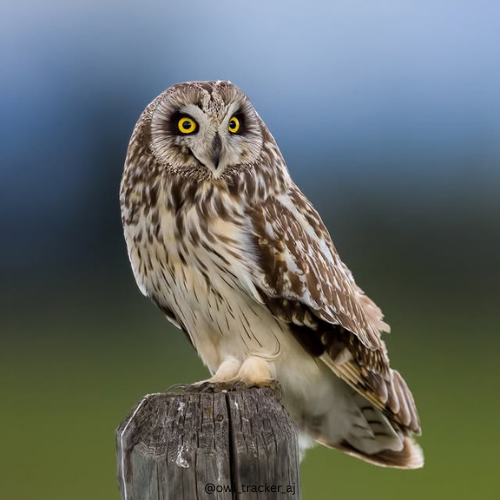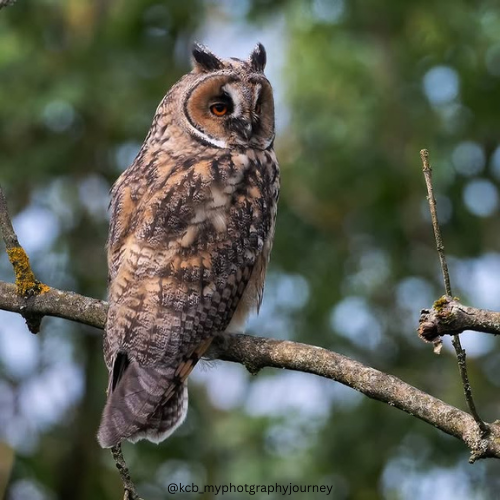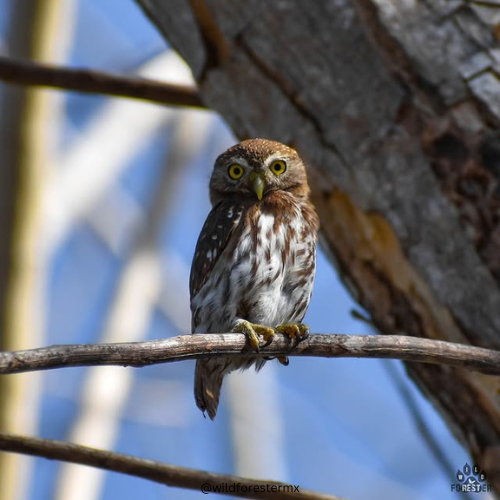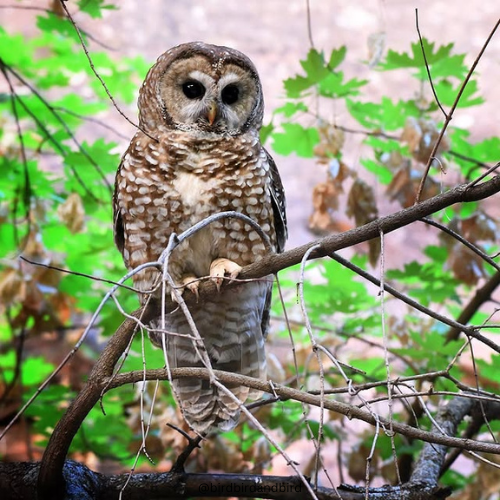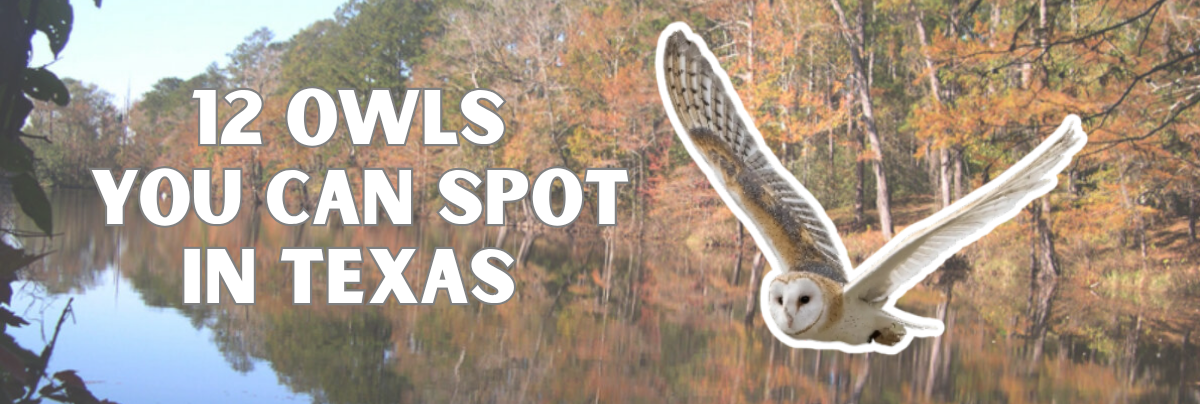
By Avian Feathers Team
Published June 2025
Everything’s bigger in Texas, including the skies.
And when you look up, there’s a good chance you’ll see a hawk soaring overhead.
From dense forests and deserts to wide-open ranch land, Texas is home to a variety of hawks. Some live here year-round. Others visit for part of the year. All are worth keeping an eye out for.
Here are 14 hawks you can spot in the Lone Star State.
1. Great Horned Owl
These are the largest and most powerful owls in Texas. With big yellow eyes and feather tufts that look like horns, they are easy to recognize. Great Horned Owls live in deserts, forests, farmlands and even backyards. Their deep hoots are the sound of nighttime in Texas.
Size
Length: 18–25 inches.
Wingspan: 40–57 inches.
Weight: 2–5.5 pounds.
Scientific Name: Bubo virginianus
2. Eastern Screech-Owl
Small and stocky, this owl is great at hiding. It can be gray or reddish-brown and nests in tree cavities. These owls are common across eastern and central Texas. Their soft, whinnying call sounds more like a tiny horse than an owl.
Size
Length: 6–10 inches.
Wingspan: 18–24 inches.
Weight: 4–9 ounces.
Scientific Name: Megascops asio
3. Western Screech-Owl
Found in the western parts of Texas, this owl looks very similar to its eastern cousin. It prefers dry areas like canyons and desert forests. Its call is a series of quick, bouncing notes. It is rarely seen but often heard.
Size
Length: 7–10 inches.
Wingspan: 18–24 inches.
Weight: 3–8 ounces.
Scientific Name: Megascops kennicottii
4. Barn Owl
With a heart-shaped face and white feathers, the Barn Owl is easy to spot. It is found across most of Texas and likes open fields, farmlands and grasslands. It does not hoot. Instead, it makes a long, eerie screech.
Size
Length: 12–16 inches.
Wingspan: 39–49 inches.
Weight: 14–24 ounces.
Scientific Name: Tyto alba
5. Barred Owl
This owl has dark eyes and a hoot that sounds like “Who cooks for you.” It lives in forests and swampy areas in eastern Texas. It prefers quiet woods near water. It often calls during the day.
Size
Length: 16–25 inches.
Wingspan: 38–49 inches.
Weight: 1–2.5 pounds.
Scientific Name: Strix varia
6. Burrowing Owl
This owl nests in abandoned burrows underground. It prefers open fields and desert areas. It is often active during the day and stands tall with a watchful stare. It is common in western and southern Texas.
Size
Length: 7.5–10 inches.
Wingspan: 20–24 inches.
Weight: 5–8.5 ounces.
Scientific Name: Athene cunicularia
7. Short-eared Owl
These owls live in prairies, grasslands and marshes. They fly low to the ground at dawn and dusk. Their flight is soft and fluttery. In Texas, they are usually seen in winter.
Size
Length: 13–17 inches.
Wingspan: 33–43 inches.
Weight: 7–17 ounces.
Scientific Name: Asio flammeus
8. Long-eared Owl
This owl is slim and tall, with long ear tufts and orange eyes. It hides in dense woods and hunts in open fields at night. It is well camouflaged and hard to find. In Texas, it is mostly seen in winter.
Size
Length: 13–16 inches.
Wingspan: 35–40 inches.
Weight: 7.5–15 ounces.
Scientific Name: Asio otus
9. Northern Saw-whet Owl
This is one of the smallest owls in North America. It has a round face and big yellow eyes. In Texas, it is a rare winter visitor mostly seen in the north. Its call sounds like a soft, high-pitched whistle.
Size
Length: 7–8 inches.
Wingspan: 16–19 inches.
Weight: 2.3–5.3 ounces.
Scientific Name: Aegolius acadicus
10. Northern Pygmy-Owl
This owl is tiny but fierce. It hunts small birds and insects during the day. It lives in the mountain forests of far western Texas. It has yellow eyes and a serious expression.
Size
Length: 6–7 inches.
Wingspan: 14–16 inches.
Weight: 2–2.5 ounces.
Scientific Name: Glaucidium gnoma
11. Ferruginous Pygmy-Owl
This owl lives in south Texas brush country. It is rusty brown with white streaks and is active both day and night. Its call is a fast, repeated whistle. It is rare but possible to see in places like the Lower Rio Grande Valley.
Size
Length: 6–7 inches.
Wingspan: 14 inches.
Weight: 2.5–3 ounces.
Scientific Name: Glaucidium brasilianum
12. Mexican Spotted Owl
A rare subspecies of the Spotted Owl. It lives in remote canyons and mountain forests in western Texas. It has brown feathers with pale spots and dark eyes. It is protected and not often seen.
Size
Length: 17–19 inches.
Wingspan: 39–49 inches.
Weight: 1.3–1.6 pounds.
Scientific Name: Strix occidentalis lucida
Where to Spot Owls in Texas
Looking for owls in Texas feels like going on a nighttime adventure. Some are bold and easy to find. Others are quiet and only show up in special spots. But if you know where to look and stay very still, you might spot one of these mysterious birds.
Here’s where Texas owls like to hang out:
• Great Horned Owl. Found all across Texas. Look for them in forests, deserts, parks and even city trees. You can often hear their deep hoots at night.
• Eastern and Western Screech-Owls. These tiny owls love wooded neighborhoods, riverbanks and tree cavities. They stay hidden during the day but
call softly in the evening.
• Barn Owl. These pale owls glide low over open fields and farms. Look near barns, silos and quiet grasslands at night.
• Burrowing Owl. Found in the open lands of western and southern Texas. They live in underground burrows and are active during the day.
• Barred Owl. This owl likes thick forests and swampy areas in East Texas. It often calls during the day and can be spotted sitting quietly near water.
• Mexican Spotted Owl. Rare and hard to find. It lives in quiet mountain canyons and dense forests in western Texas.
Texas is full of owl activity if you know where to look.
Which of these have you seen or heard at night? Let us know your favorite Texas owl.


